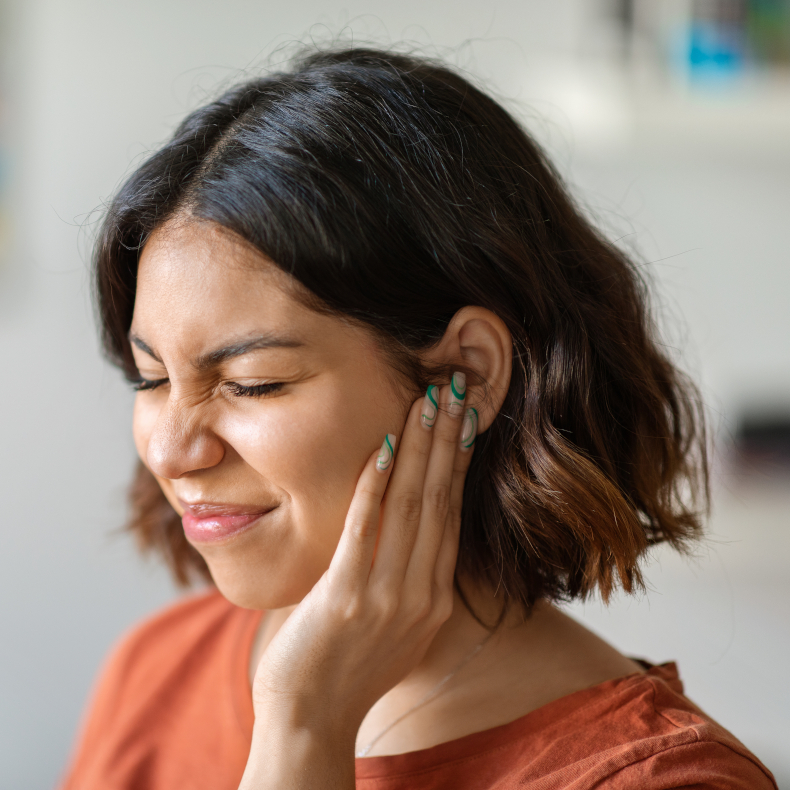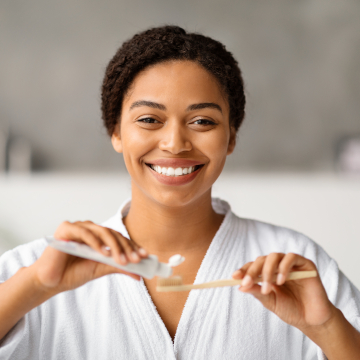 Scotts Valley and Santa Cruz, CA
Scotts Valley and Santa Cruz, CA
Cases of obstructive sleep apnea are on the rise in America. The National Sleep Foundation estimates that more than 18 million people in the United States suffer from the sleep breathing disorder, which occurs when the airway becomes partially or completely blocked when a person sleeps, ultimately depriving the body of the oxygen that it needs to thrive.
As sleep apnea becomes more widespread, sleep apnea dentistry also is becoming more prevalent. A sleep apnea dentist is trained to diagnose a case of sleep apnea by evaluating the airway or prescribing a take-home sleep study. Then, a sleep apnea dentist can treat sleep apnea, typically through the use of a mandibular advancement device, also known as a removable oral appliance.
However, in reality, this is only part of the puzzle. Diet, weight, physical activity, and even the circumference of your neck can influence the likelihood of sleep apnea. However, recent research suggests the cause of sleep apnea is a craniofacial issue—specifically, oral resting posture.
What is oral resting posture? It refers to the position of your orofacial muscles when you are not eating or speaking. The ideal resting posture is with teeth together, lips together and the tongue against the roof of the mouth. This resting posture also encourages nasal breathing, which is more beneficial to your oral and overall health. If a person cannot maintain this ideal resting posture, it can lead to orofacial issues. It also greatly increases the chance of breathing regularly through the mouth, which, if done while sleeping, makes it very likely you will become a snorer. Over time, an incorrect resting posture even can alter the shape of your dental arches, narrowing them and making it even more difficult to maintain an ideal resting posture. This is especially true for children, whose mouths and faces are still developing.
What is the answer? Myofunctional therapy. This is a course of therapy that consists of a series of simple, painless exercises for the tongue, as well as the muscles of the face and mouth. Performed over time, these exercises “re-train” your orofacial system to shift back to an ideal oral resting posture. Myofunctional therapy also can be used to correct bad oral habits such as thumb sucking or tongue thrust.
So, rather than deal with sleep studies or the inconvenience of using a CPAP machine, treat sleep apnea by addressing its cause. At Ebrahimian Integrative Dentistry, we are lucky enough to have Jean Shimizu on our staff. Not only is she a dental hygienist, but she also is certified in myofunctional therapy.
Sleep Apnea Treatment in Scotts Valley
If you or a member of your family has been diagnosed with sleep apnea or exhibits symptoms of a sleep breathing disorder such as loud snoring, find out if myofunctional therapy can help. Call the office of Ebrahimian Integrative Dentistry at (831) 438-4411 to schedule an evaluation today.
Ebrahimian Integrative Dentistry provides total oral health care for patients located in the California communities of Los Gatos, Santa Cruz, and Scotts Valley.



